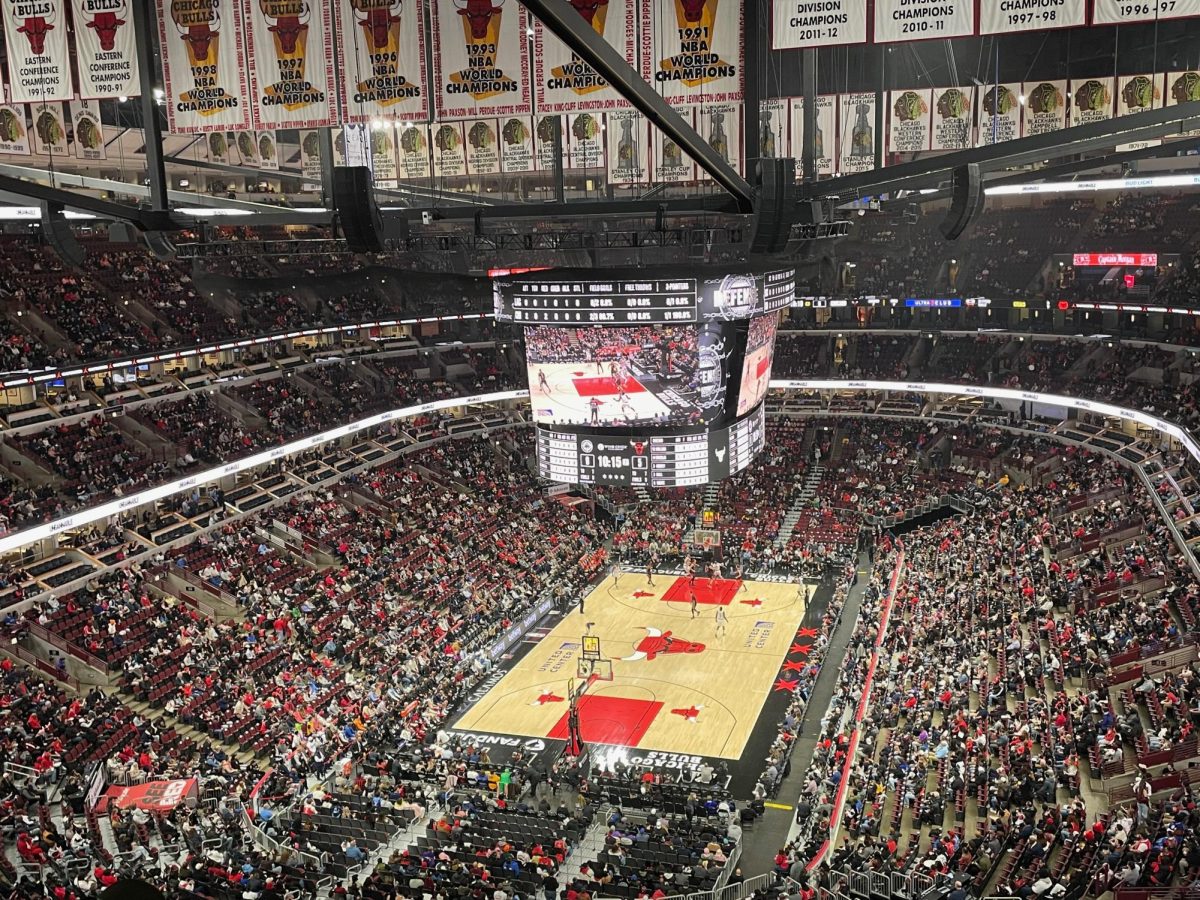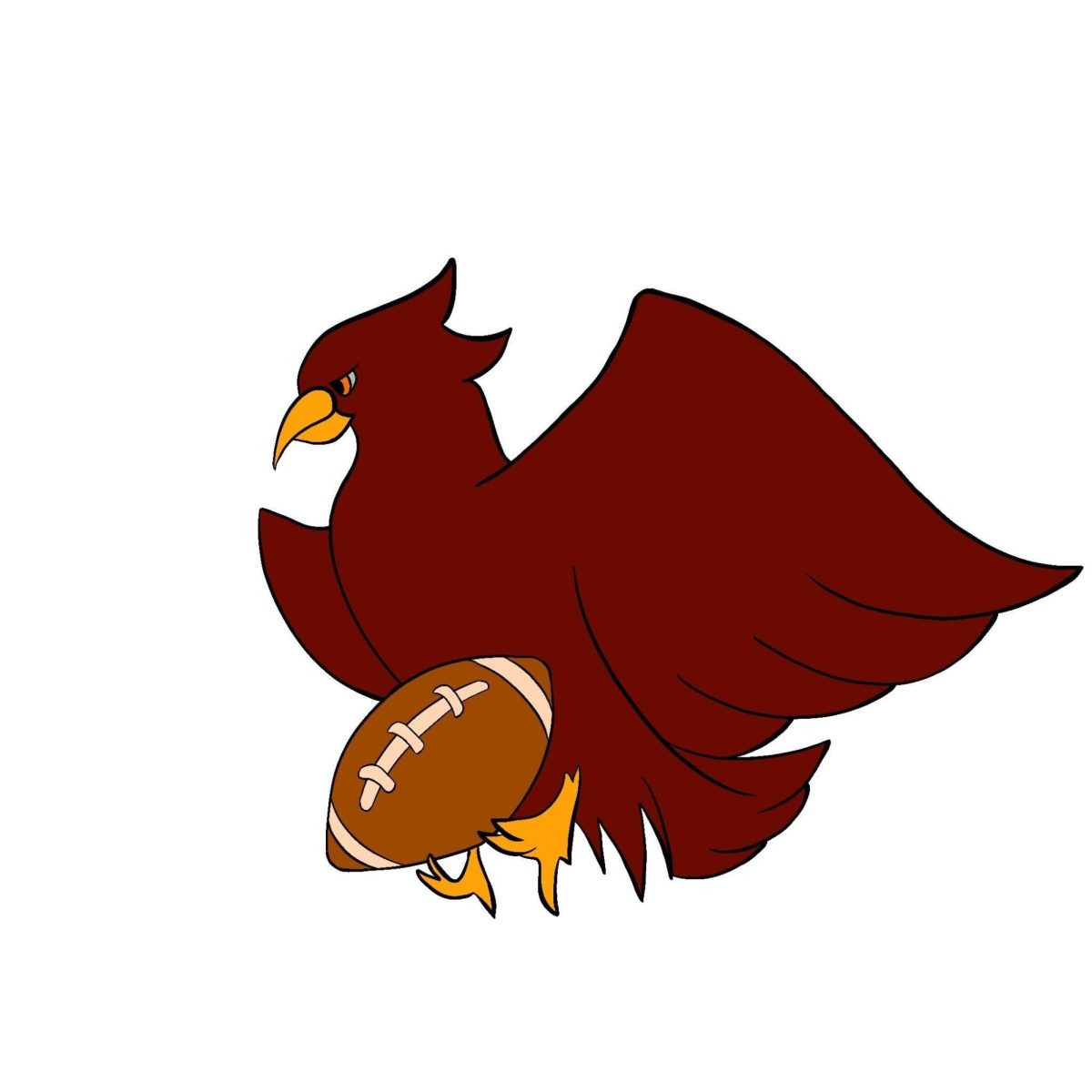For some athletes, the road to success is an interstate highway, fast and straight, without detours or potholes. In those special cases, record-setting performances seem preordained, championships are expected. Pat Seastedt is not one of those athletes.
Few of those athletes find their specialties so late in their sports careers. Fewer still end up as two-time captains, celebrated for helping to revolutionize a college program, despite beginning their careers at other schools. Practically none top their universities’ record boards at distance events despite being natural sprinters—and missing most of their junior year due to illness.
Say what you will about one of the best breaststrokers in Chicago men’s swimming history, but Pat Seastedt never did things the easy way.
“A lot of good things happened accidentally,” he shrugs.
Accidentally seems a little hard to believe. Coaches credit Seastedt with a rare streak of focus and determination that enabled him to ride through the twists and turns of his career. His 2:08:51 mark in the 200-yard breaststroke February 10 broke his own previous school record and was more than two full seconds ahead of the 18-year-old program record held by four-time All-American Kris Alden (A.B. ’91). Seastedt’s 58.39 in the 100 was less than a second off another mark held by Alden, the 1989 national champion in that event, and he also swam the breaststroke as part of the best-ever Chicago 200- and 400-yard medley relay squads, which slapped the wall at 1:35.34 and 3:28.79.
Seastedt’s final UAA championship meet was his finest moment. In the space of three days, he was part of four school-record performances, including giving the Maroons an early lift on Thursday in the 400-yard medley relay. Chicago finished a heartbeat behind first-place Emory, energizing the squad toward what would prove to be its best-ever league showing. Without Seastedt’s 57.7 leg, it wouldn’t have been close. His weekend wasn’t quite good enough to push him into the national meet, but it was a fitting end to a career that was anything but a smooth sail.
“He didn’t do as well as he wanted to, but he did his best times in the 100 and 200,” head coach Jason Weber said. “If he had done [his relay leg] in individuals, he would have made NCAAs.”
It’s an open question how well Seastedt could have done with fewer distractions. Weber commented that he felt that “[Seastedt] has the ability to be an All-American at the Division III level.” But academics were always his top priority—and besides, Seastedt made a career out of getting it done despite doing things a little differently.
He didn’t begin to swim competitively until he was in eighth grade. Naturally enough, in a sport in which most race for the first time at age five or six, Seastedt struggled at first, trying to find his stride as a butterflyer—“and a terrible one at that.” It was not until he was in 11th grade that he took his first shot at the breaststroke—for no particular reason that he can remember. He turned out to be a natural, making States his junior and senior years, and coaches at St. Bonaventure were naturally willing to overlook the Lakewood, NY product’s inexperience. With less than two full years of breaststroking under his belt, Seastedt was headed for DI.
It would be a tough competitive year for him with the Bonnies. Surrounded by scholarship athletes completely devoted to their sports, Seastedt increasingly came to the conclusion that his goal of competing with the best was not as important as his goals in the classroom. A year of hard work in Olean gave him sufficiently impressive marks to earn him the financial aid he needed, and he was Chicago-bound.
“Even though it’s Division III, there’s still plenty of Division I competition in the UAA. This is a strong, competitive swimming program,” Seastedt said. “You get out what you put in, and you’ll do well as long as you have the motivation.”
He would achieve plenty for his school as well. Seastedt arrived on the South Side along with a huge class of first-years recruited by former head coach George Villarreal. The team began to climb from “the joke of the UAA” to a team to be feared at conferences, rising from eighth the year before Seastedt and company arrived to fifth at Cleveland this year in one of the toughest leagues in the division.
One big part of that transition was the dedicated, team-first attitude that Seastedt brought with him. Familiar with the DI style of tight-knit teams, he was confronted in Hyde Park by a squad not notable for its unity. He pushed the Maroons to come together in the face of brutal practices. The mindset he helped create breathed new life into the program. He was rewarded for his efforts by being named a tri-captain after just one season at Myers-McLoraine.
“When I came here, there was a real lack of a team environment. It was a bunch of strangers swimming together a couple of hours a day,” Seastedt said. “I just wanted to make the practices more bearable.”
“When they see that he’s doing extra work, working as hard as he usually does, our swimmers sort of get on board with that,” Weber said.
As he helped the team evolve, Seastedt was undergoing an evolution of his own. He had been a sprinter throughout his high school and college careers, excelling at the 100-yard breaststroke. Villarreal and then-assistant Weber saw the potential for him to fill some of the team’s gaps at longer distances. It would pay off in a big way toward the end of his college swimming days.
“I never expected that I would be able to do well in the 200. I’ve always considered myself a sprinter,” Seastedt laughed. “I even told Coach Villarreal after I scored higher at UAAs in the 200 than the 100, ‘We’ve got to work on my sprinting.”
Those high spirits would be a big help dealing with some of the challenges he would face during his captainship. During the team’s annual training trip his third year, he felt tired and listless, and was alarmed to find himself not responding to his training. Having seen swimmers plateau out at this same point in their careers during his stint at St. Bonaventure’s, Seastedt began to fear that his career had hit a wall. Add another unique distinction to the captain’s career highlights—how many athletes are actually happy to discover they’ve contracted mono?
“That diagnosis actually gave me a little relief. I knew after that that I would be back where I was. As much as my junior year meant to me, I knew I was going to be able to come back senior year and still have a good career,” Seastedt said.
He rose above this obstacle, missing only a few weeks and recording a few quality showings to end the season and plant the seeds for this year.
“In the end, I swam my best times my senior year, and I finally made my national cuts,” Seastedt said. “I don’t like looking back and thinking ‘What if I had done this, what if I had done that?’ I just like how it all turned out.”








